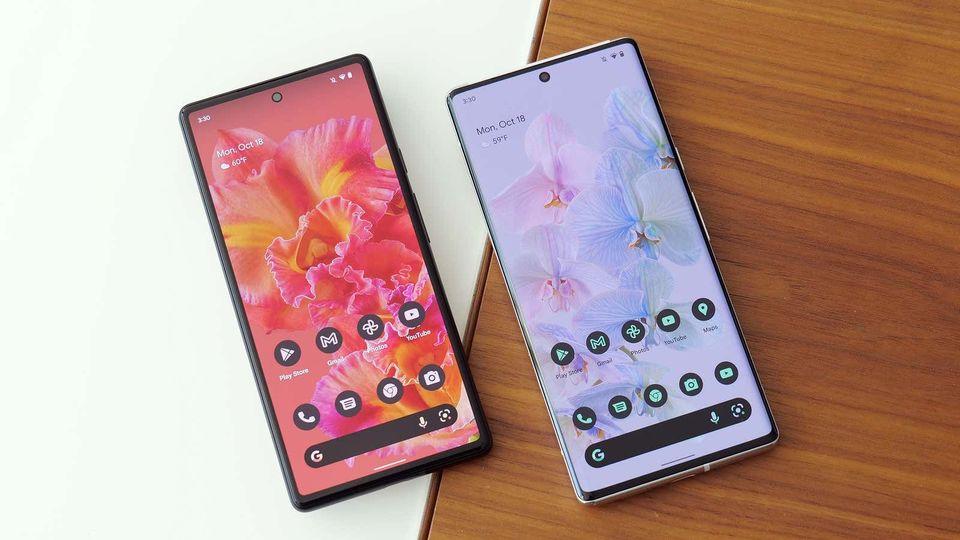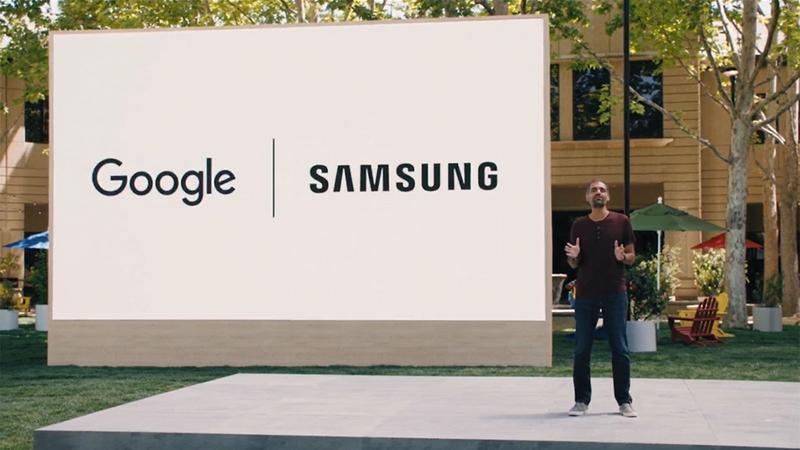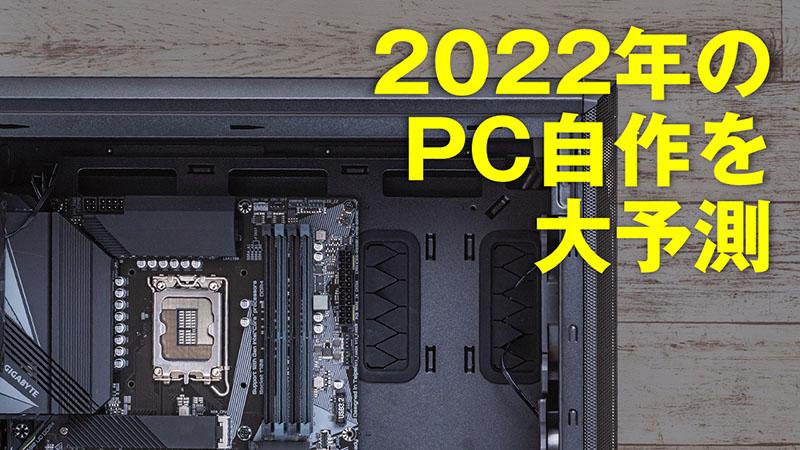Pixel 6 is a smartphone that realized "I wonder if Google could make something like this" #Pixel6Launch
Google has finally announced the Pixel 6 and Pixel 6 Pro. It feels like the Pixel that many people have been waiting for, "Google, can you make something like this?"
Since this summer, Google has been chipping away at the Pixel 6. The announcement of the Google-designed Tensor chip to dramatically improve the performance of AI and machine learning was an impressive impact, but it was not the only one. Pixel 6 is $ 599 (Japanese domestic price 74,800 yen), Pixel 6 Pro is also 899 dollars (Japanese domestic price 116,600 yen), which is completely "aggressive" in the sense that it is low, but the whole body is packed with premium upgrades.
Both models have premium specs
Both the Pixel 6 and Pixel 6 Pro have the same design concept, and they overlap considerably in terms of functionality, but the Pixel 6 Pro has a large There are also differences. Common to both models is Gorilla Glass Victus on the front, Gorilla Glass 6 on the back, IP68 waterproof and dustproof performance, 30 watt wired charging, NFC, Wi-Fi 6E compatible, wireless charging / reverse wireless charging (aka Wireless Power Share) compatible. The Pixel 6 Pro is also the first Pixel to feature an in-screen fingerprint reader, meeting all the requirements of a high-end smartphone.
Last year's Pixel 5 was a bit smaller, but both the Pixel 6 and Pixel 6 Pro are larger. The Pixel 6 has a 6.4-inch 2400 x 1080 OLED display, 8GB of RAM, 128GB of base storage, and a battery capacity of 4,614mAh. The Pixel 6 Pro has a larger 6.7-inch, 3120 x 1440 LTPO OLED display, variable refresh rate up to 120Hz, 12GB of RAM, 128GB of base storage and 5,000mAh of battery capacity, and the reason for the price difference is clear. increase.
In addition, both the Pixel 6 and Pixel 6 Pro have a 50-megapixel main camera and a 12-megapixel ultra-wide-angle camera on the back, and the Pixel 6 Pro has a 4x optical zoom camera, and Google's Super With hybrid zoom using Res Zoom, you can approach up to 20x zoom. The front camera is 8 million pixels for Pixel 6 and 11.1 million pixels for Pixel 6 Pro.
Finally, both models support both Sub6 and mmWave bands for the 5G band. The security update warranty period has also been extended to a minimum of 5 years, making it the longest for an Android smartphone.
The birth of the camera bar
The design of the Pixel 6 has been public for a long time, but it is unique in its return to past Pixels, such as the three-color design and soft pastel colors. It's a design. The color variations are Stormy Black, Kinda Coral, Sorta Seafoam for Pixel 6, and Stormy Black, Cloudy White, and Sorta Sunny for Pixel 6 Pro.
Color is not the only subtle difference between the Pixel 6 and Pixel 6 Pro. The Pixel 6 has a matte finish around the edges and a flat screen, while the Pixel 6 Pro has shiny sides and a more rounded display.
There's a "camera bar" on the back, not a camera module, but it serves two purposes. One is to show the presence of the Pixel 6 camera and make it stable (in the sense that it won't wobble when placed on a table). And more importantly, the Pixel 6 Pro's camera bar houses a periscope telephoto lens. The Pixel 6 Pro's telephoto lenses are lined up horizontally, not vertically like Samsung's Galaxy S21 Ultra.

Since the camera bar protrudes a lot, there are many people who are worried that it will be difficult to attach the case. It looks like you don't have to worry.
Tensors unlock the capabilities of the Pixel
Pixels have always been built around software, and the Pixel 6 is no exception. The new features packed into the Pixel 6 wouldn't be possible without Google's Tensor Chip. The Tensor chip uses 50% less power while incorporating a more accurate voice model.
The simultaneous interpretation function (Live Translate) has been realized by further improving the machine learning performance of Tensor. This feature can be used not only in Google Messages, but also in various other apps such as WhatsApp, Twitter, etc. It should make communicating in a foreign language much easier than before. In addition, the Live Caption function translates the audio of podcasts and videos and adds captions. According to Google, this has been impossible for smartphones until now because it consumes too much power.
A transcription feature called Assistant Voice Typing not only converts speech to text using a more accurate speech recognition model (which Google claims is also very powerful), but it's also multimodal. In other words, you can edit the text while speaking, and the AI won't get confused. You can even transcribe dogs, cats, and emojis, and you can enter commands like send, delete, and stop without having to say "Hey Google."
Google Assistant now has a Calling Assistance feature. This is a function that tells you the best time to call the customer support of the 5,000 largest companies in the US with the least amount of waiting time. If support is still busy and you end up in a queue, Google Assistant will monitor the call status so you don't have to wait in frustration and notify you when support is connected. increase. There's also a Quick Phrase feature that allows you to do more commands without having to say "OK, Google." Furthermore, automated voice guidance from customer support often says, "For XX, press 1. For XX, press 2." You can prevent the phenomenon of "Wait!?".
More advanced camera features
When it comes to cameras, the machine learning performance of Pixel 6 enables even more features. Magic Eraser, for example, is like Photoshop's Content-Aware Fill, which makes it easy to remove people in the background. The Face Unblur tool can capture fast-moving subjects such as children. On the video side, 4K HDR video processing is also now possible on the device, so you can automatically add vibrant colors and dynamic range to your videos. Real Tone is a feature that better captures various skin tones. Traditional cameras were often calibrated for paler skin tones.
The most exciting camera feature is the dedicated camera mode (motion mode) for long exposures and panning. More advanced camera technology is condensed into one touch.
In addition to Tensor, the Pixel 6 also includes a second Google-designed processor, the Titan M2 security chip, which handles the sensitive authentication process as dedicated hardware. The Pixel 6 also has a new Security Hub that makes it easier to manage your security settings and gives you suggestions and tips for protecting your data and blocking malware.
Sophisticated hardware for a smarter Pixel
Gizmodo's Sam Rutherford already has a physical Pixel 6 and "had wanted Google to make one for years." The Pixel is finally out," he said of his first impression.
Pixel 6 combines flagship specs and design with Google's advanced AI and machine learning. It's a very attractive combination, and the price tag is clearly on the rise, so you can see Google taking aim at Apple and Samsung. The only downsides are the lack of a microSD card slot, 3.5mm audio jack, and smaller options like the Pixel 6 Mini.
Pixel 6 and Pixel 6 Pro have started pre-ordering today, starting at $599 (Japan domestic price 74,800 yen) and $899 (116,600 yen) respectively, shipping in October. It's the 28th. Yes, prices may vary by carrier.
Furthermore, there's good news for those of you who buy new phones every two years (although I don't know if it's available outside of the US). Google has launched a subscription called Pixel Pass, which costs $ 45 a month (about 5,000 yen), you can get a new Pixel every two years, and YouTube Premium, YouTube Music Premium, Google Play Pass, Google One It comes with 200GB of storage and Preferred Care ($55/month for the Pixel 6 Pro = ¥6,000).
Anyway, please look forward to the review to see how the Pixel 6 actually works!








